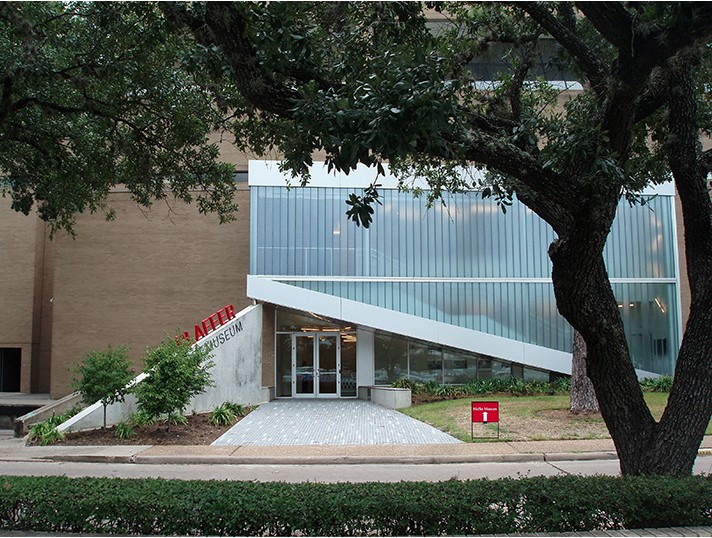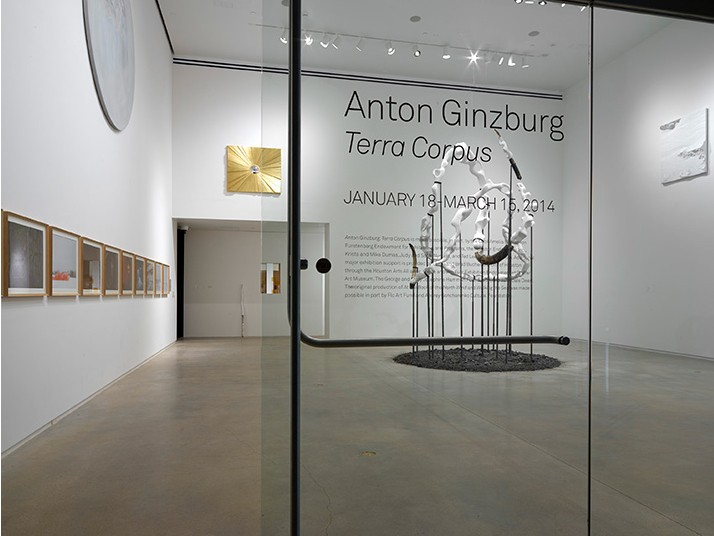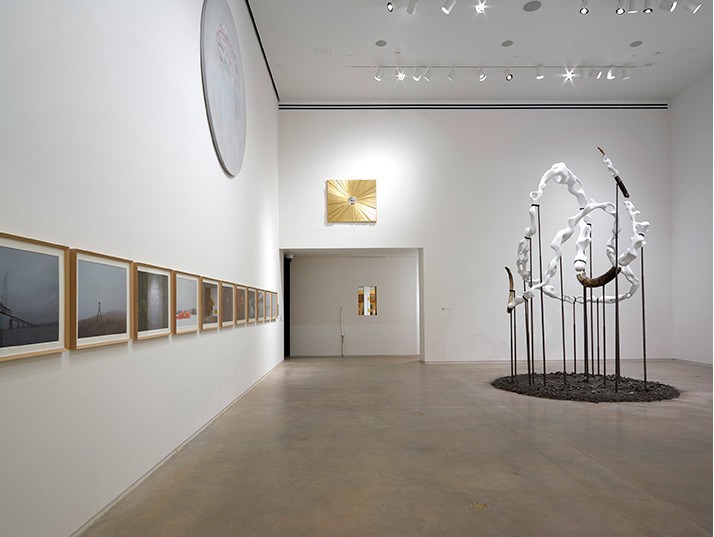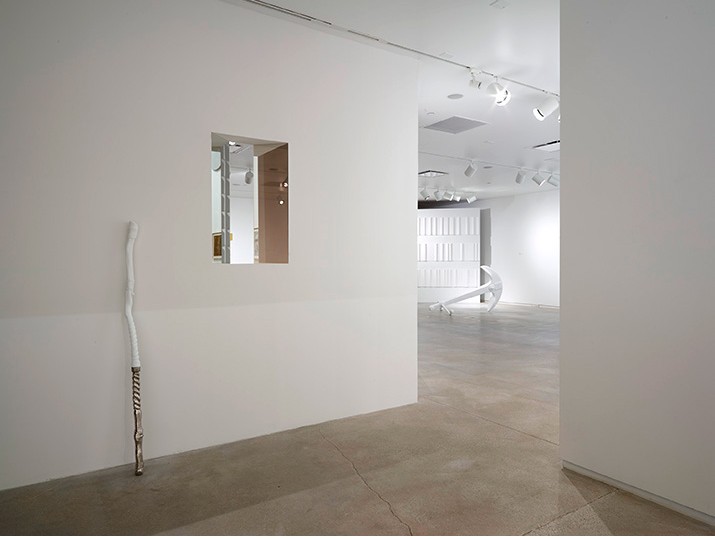For his museum debut in the United States, Anton Ginzburg will present At the Back of the North Wind and Walking the Sea, part one and two of a trilogy of works in film, photography, sculpture and painting developed around historical and cultural conceptions of mythical or legendary landscapes and places that have conquered popular imagination and spawned collective memories.
In developing this project, Ginzburg embarked on a three-part journey attempting to locate Hyperborea according to descriptions found in literature, newspaper articles and mythology. The photographs, sculpture, reliefs, drawings, and film that make up At the Back of the North Wind represent fragments of the artist’s impressions and experiences from his research and travels to form a master narrative of journey and discovery. The installation takes the viewer from the primordial virgin forest of Oregon, to St. Petersburg and its eroding palaces and haunted natural history museum, and finally to the ruins of the Gulag prisons and archeological sites on the White Sea. Present throughout is a cloud of red smoke that functions both as a metaphor for the exalted self and an expression of the collective unconscious.
In Walking the Sea, Ginzburg crosses the Aral Sea – an inland salt-water sea that lies between Kazakhstan and Uzbekistan. Previously one of the four largest inland bodies of water in the world with an area of more than 26,000 sq miles, the Aral Sea has been steadily shrinking since the 1960s and by now has almost dried up. Caused by the Soviet irrigation project which diverted feeder-rivers to irrigate cotton fields in the surrounding desert, this environmental devastation led to the destruction of the region’s once prosperous fishing industry, unemployment and local climate change. Calling it a “ready-made earthwork”, Ginzburg explores the poetic paradox of the sea without water. As in At the Back of the North Wind, the artist employs landscape that contains the remnants of the twentieth century past to explore themes of collective memory.


